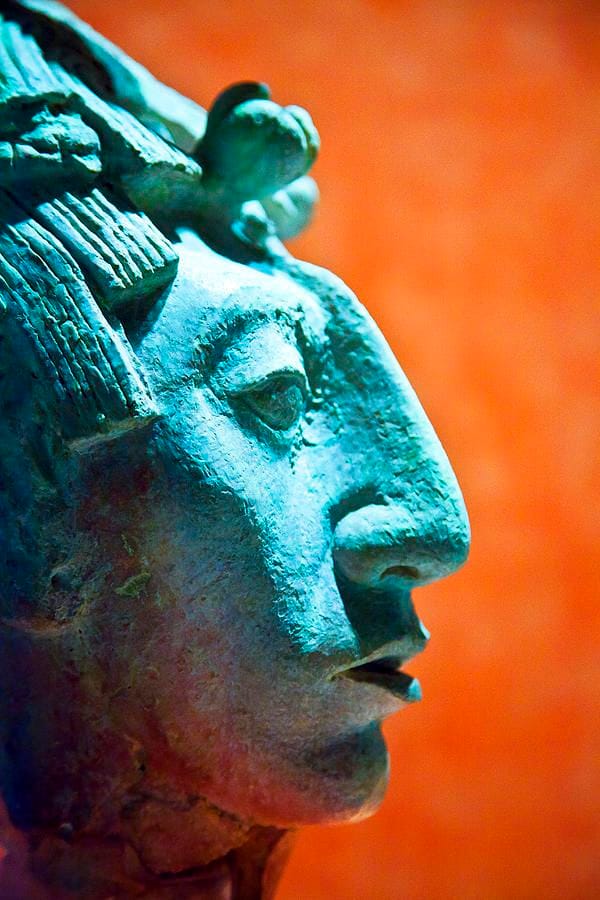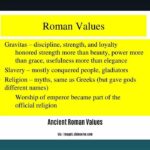Hey there, nose enthusiasts! Get ready to uncover the truth about the fascinating realm of the Aztec nose. Beyond Hollywood stereotypes, the story of the Aztec nose is a captivating blend of genetics, cultural rituals, and artistic expressions. Join us as we debunk myths, explore the surprising diversity of noses within the Aztec Empire, and uncover the profound cultural significance this one body part held.
Unveiling the Diversity of Aztec Noses
You might picture a specific nose shape when you think “Aztec,” but archaeological discoveries tell a different story. Aztec noses, much like ours today, came in a wide array of shapes and sizes. This diversity likely resulted from a combination of genetic inheritance within families and cultural interactions with neighboring groups.
But for the Aztecs, noses were much more than just a physical feature. They were deeply intertwined with their culture and beliefs. Nose rings and plugs crafted from gold, jade, and other precious materials acted as social markers, instantly conveying an individual’s status, wealth, and even religious affiliations. Imagine wearing your resume on your face!
Beyond Adornment: The Significance of Aztec Body Art
The Aztecs were masters of body art, embracing nose rings, lip plugs, tattoos, and even cranial shaping. However, these modifications were far from mere fashion statements. Each alteration held deep meaning, reflecting their beliefs, rituals, and social structure.
For example, intricate nose piercings could signify a warrior’s battle prowess, with each new piercing marking a victory or act of bravery. Experts also suggest that nose piercings likely played a role in Aztec spiritual practices, potentially connecting individuals to specific deities or holding symbolic meanings within their cosmology.
Debunking the “Ethnic Nose” Myth
The idea that specific nose shapes can be attributed to certain ethnicities is a misconception that perpetuates harmful stereotypes. Attributing a feature as complex as nose shape to a single ethnicity ignores the vast diversity within populations and the interplay of genetics and environmental factors.
For instance, while some may associate a dorsal hump with a particular ethnicity, this feature can be found across various populations globally. It’s essential to recognize that human physical characteristics are shaped by a multitude of factors and cannot be simplified into narrow categories.
Aztec Nose Piercings: Windows into Status and Spirituality
Aztec nose piercings offer a glimpse into the intricate tapestry of their social hierarchy, military achievements, and spiritual beliefs. While we may never fully unravel all their meanings, these piercings were undoubtedly more than just decorations.
- Status Symbols: The materials used for nose ornaments, such as gold, jade, or obsidian, spoke volumes about an individual’s social standing. The more elaborate and precious the material, the higher their rank within Aztec society.
- Badges of Honor: Warriors often earned the right to wear specific nose ornaments based on their bravery and triumphs in battle. These piercings served as visible testaments to their valor and accomplishments.
- Spiritual Connections: While evidence is limited, researchers believe that the placement and style of nose piercings likely held spiritual significance. They may have served as a way to connect with specific deities or symbolize aspects of Aztec cosmology.
The “Spanish Nose”: A Misleading Concept
The notion of a singular “Spanish nose” is a misnomer rooted in stereotypes and oversimplifications. Spain and Latin America boast incredibly diverse populations, reflecting centuries of migration, cultural exchange, and genetic blending.
The idea of a homogenous “Spanish” appearance disregards the rich tapestry of ancestral influences present in these regions. From Indigenous populations to European migrants and the lasting impact of the Moorish presence in Spain, the genetic makeup of these regions is far from uniform.
Modern genetic studies further challenge attempts to essentialize physical traits with ethnicity. The 2018 analysis published in Nature revealed the widespread presence of “Converso” ancestry (descendants of Sephardic Jews who converted to Christianity during the Spanish Inquisition) throughout Latin America. This finding highlights the complexity of ancestral origins and the futility of assigning physical traits to ethnicity.
Celebrating the Nubian Nose: Uncommon Beauty and Cultural Significance
The Nubian nose, often characterized by its long bridge, wide base, and often rounded tip, stands as a testament to the diversity of human beauty. While often associated with individuals of African descent, particularly those with roots in the Nile Valley region, it’s essential to recognize its presence across various populations globally.
Though statistical data on nose shape distribution is limited, some sources suggest that the Nubian nose may be present in less than 5% of the global population. However, the perception of its rarity can vary greatly depending on geographic location and cultural context.
Throughout history, the Nubian nose has been celebrated for its striking features and unique appeal. Its prominence in ancient Egyptian art, often depicting pharaohs and deities, further underscores its enduring significance and association with power, royalty, and divine connection.
In contemporary society, the growing appreciation for diverse beauty standards has contributed to the positive perception of the Nubian nose. It stands as a symbol of unique beauty, challenging Eurocentric ideals and encouraging the celebration of individual features.
Embracing the Beauty of Diversity
From the diverse noses of the Aztec Empire to the captivating history of nose piercings and the debunking of “ethnic nose” myths, exploring the world of noses reveals a tapestry of cultural practices, genetic inheritance, and evolving beauty standards. Let’s continue to challenge stereotypes, celebrate individuality, and appreciate the extraordinary range of features that make us human.
Don’t Miss: Embark on a journey to uncover the enigmatic secrets of ancient Egypt where Anubis symbol beckon us to explore the power of deities, and delve into the captivating web spun by Anansi the spider. Discover the hidden meanings behind Anunnaki symbols, decipher the celestial guidance of the Anunnaki compass, and immerse yourself in the tapestry of ancient wisdom.
- Georgia Platform: A Southern Strategy, 1850s - March 31, 2025
- How many weeks is 40 days: Quick Conversion Guide for Accurate Results - March 31, 2025
- How many feet is 300 meters? 984 Feet: Understand Length Conversions Easily - March 31, 2025
















